Equine therapy: Horses help Michigan youth cope with mental health crises
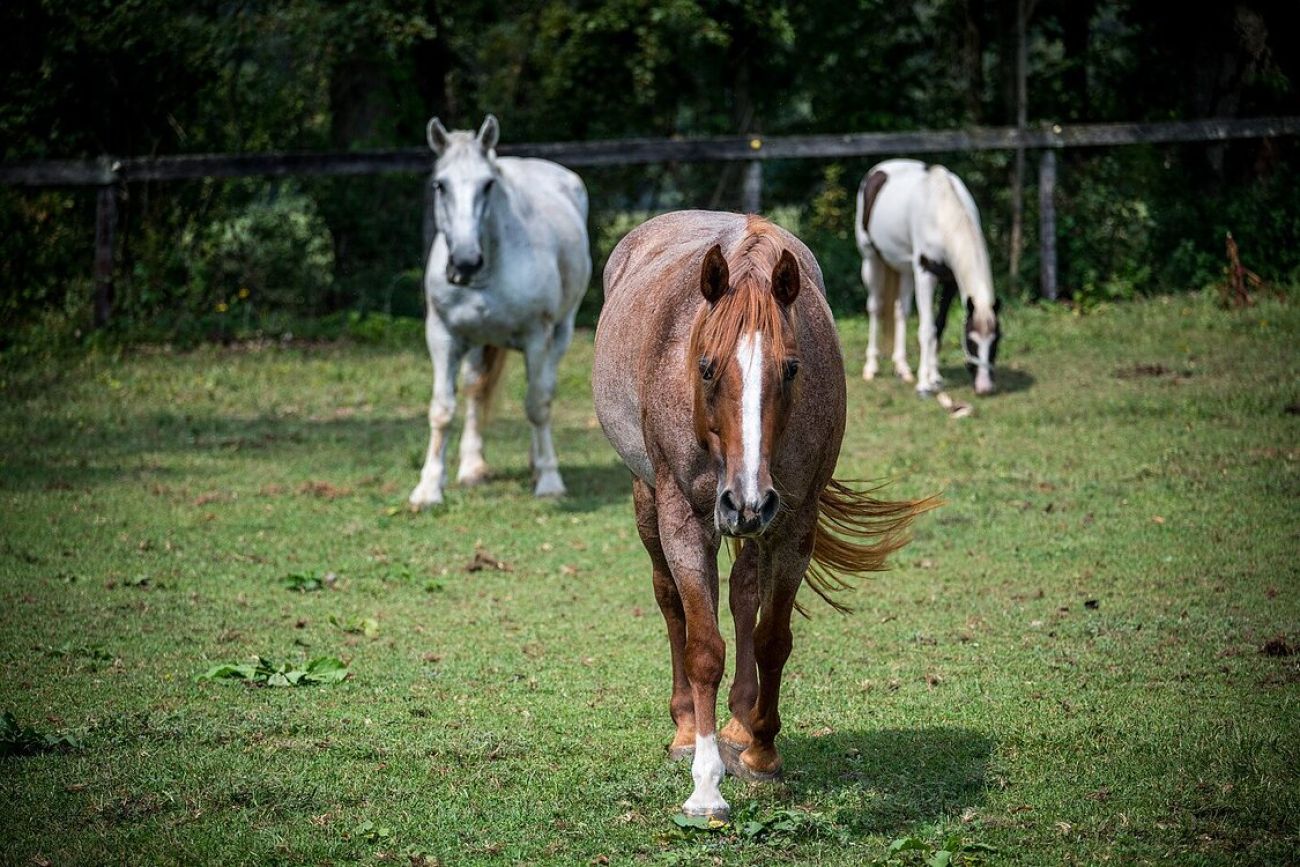
This story is part of Southwest Michigan Journalism Collaborative’s 2024 coverage of youth mental health issues. SWMJC is a group of 12 regional organizations dedicated to strengthening local journalism. Visit swmichjournalism.com to learn more.
As a licensed professional counselor in the Kalamazoo area, Natasha Federinko has worked with many adolescents struggling with their emotions.
Kids grieving lost family members. Kids with post-traumatic stress syndrome. Kids dealing with depression or anxiety or anger issues.
Federinko’s secret weapon for those in a mental-health crisis: Horses.
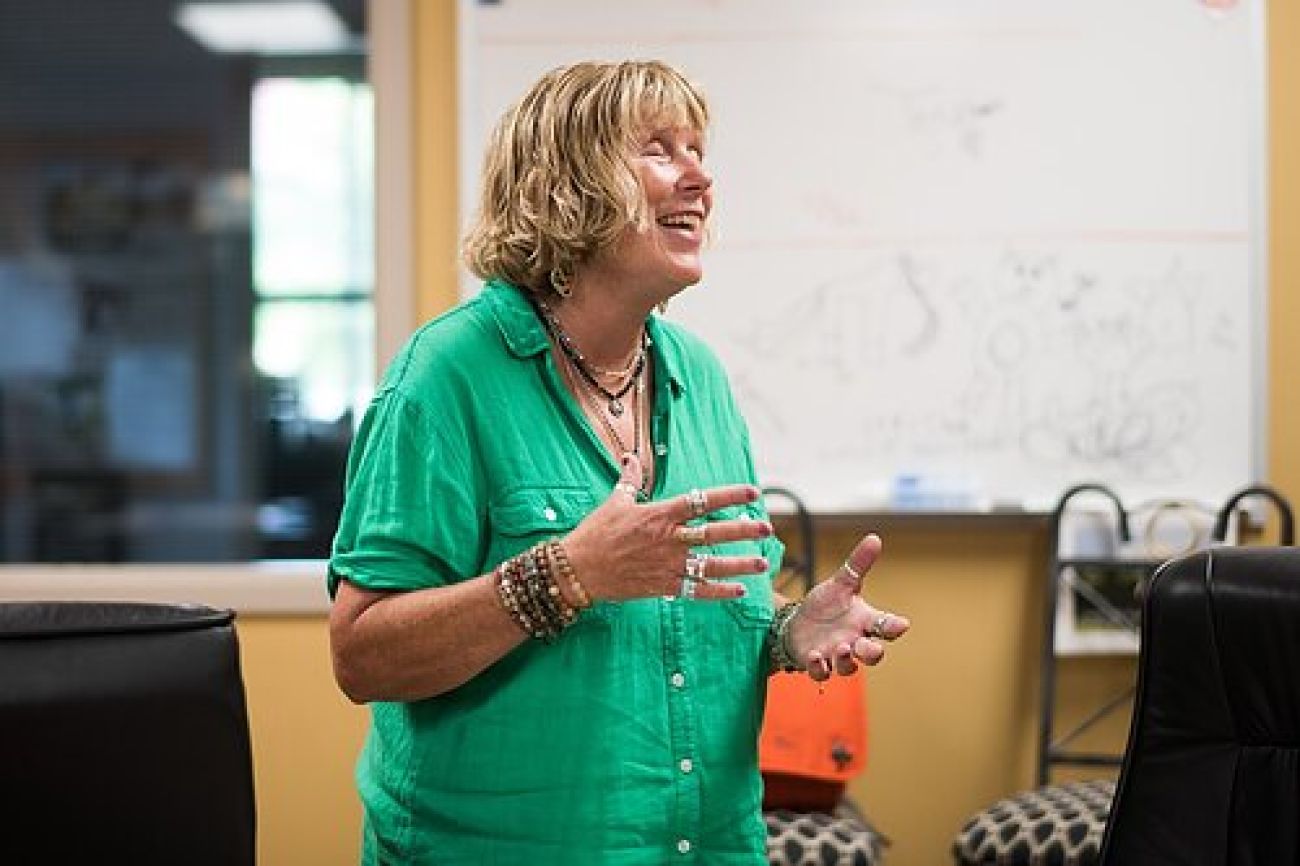
A counselor trained in equine-assisted therapy, Federinko says working with horses can provide an avenue for building self-esteem and confidence; for teaching problem-solving skills, impulse control, and emotional awareness; and for helping kids – as well as adults -- learn how to build trust and empathy.
“We’ve had kids who have a very hard time at school, like getting into arguments,” Federinko said. “And then they’ll come in and say, ‘I got really mad at my teacher’ or they got mad because a classmate looked at them wrong. But then they thought of their horse and the mindful calming exercises we practiced and did that in their head, and so they didn’t hit or yell or push or whatever.”
Related:
- Need addiction help? Michigan launches tool to find treatment options
- $1M grant gives Michigan foster kids rides to school as they switch homes
- For Michigan teens in mental health crisis, music therapy can strike a chord
Whenever that happens, Federinko said, “that’s a huge success story.”
Federinko works with a number of organizations, including the Cheff Therapeutic Riding Center in Augusta, which opened in 1969 as the first therapeutic riding center in North America. For the first few decades of its existence, the Cheff Center focused on those with physical disabilities, such as cerebral palsy. But in recent years, it has expanded its programming to work with mental-health patients.
Equine-assisted therapy, in which a mental health clinician has additional training to use horses as part of the treatment plan, is a modality “that feels like it’s exploding across the nation,” Federinko said. That’s particularly true in the post-CoVID era, as the number of children diagnosed with anxiety or depression or both has skyrocketed.
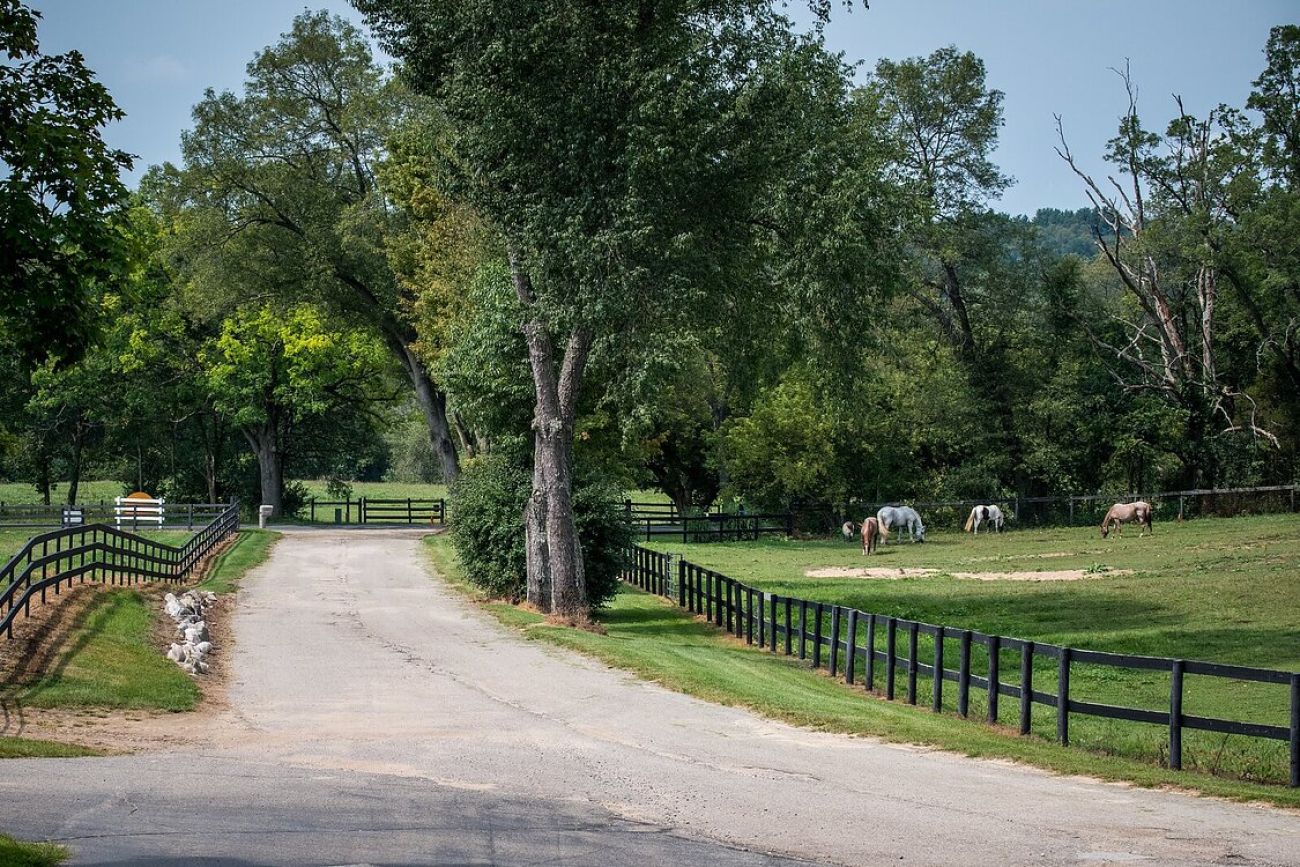
Equine-assisted therapy “can include a lot of different things,” Federinko said. “It can be one-on-one therapy, with all of the typical aspects of talk therapy, but happening in a horse barn instead of an office.
“You can incorporate components of good peer-reviewed therapy into it, like cognitive behavior therapy, solution-focused therapy, etc.,” she said. “But there’s something about horses that for a lot of people facilitates their therapeutic journey.”
Group equine-assisted therapy and psychoeducation programs also can be effective, Federinko said. One of the programs she helped develop at the Cheff Center is Girlz in the Barn, a program aimed at adolescent girls with issues such as anxiety, depression, or adjustment issues.
High-quality equine therapy is administered by a licensed mental-health professional working with a certified equine handler. Patients typically are assigned to a specific horse, and the program involves grooming and feeding as well as riding.
Yet another option is working with a therapeutic riding instructor, such as Gretchen Johnson, who works out of Alamo Township. Johnson isn’t a licensed clinical therapist, but she’s gone through extensive certification to help children work with horses. In recent years, most of her clients have had behavioral health issues and her program is often a supplement to traditional therapy provided by a clinician, she said.
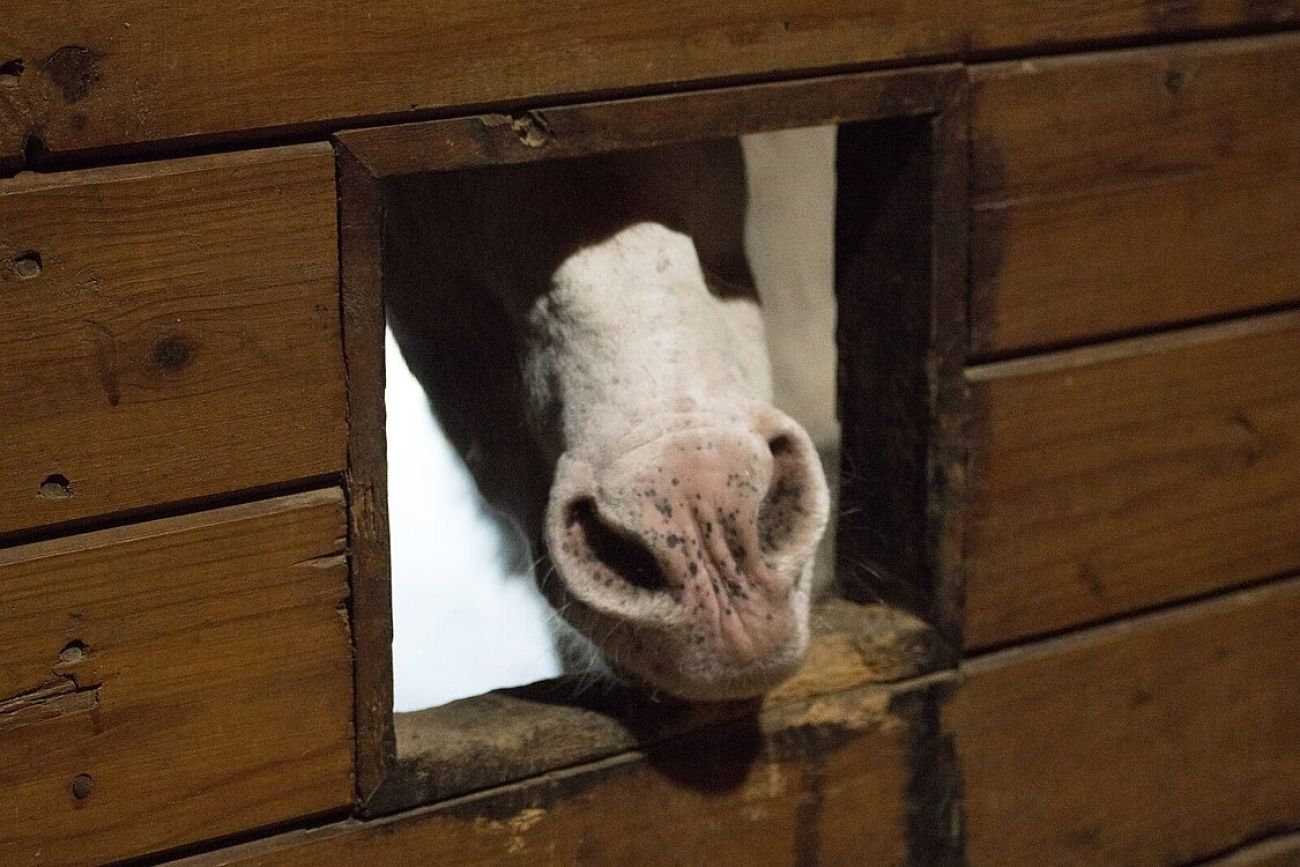
Her success stories are many, Johnson said, including a child with autism who was completely nonverbal until the day she tried to say the name of her therapy horse. “Everybody was in tears when that happened,” Johnson said.
Horses are especially useful in therapy because they are so sensitive to the emotions of their handlers, providing immediate feedback on non-verbal cues and energy.
“My horses understand what each child needs at the moment – they don’t push boundaries, but they are very sentient about the time they spend with the kids and they understand their emotions on a different level,” Johnson said.
“I’ll start from my own experience,” she said. “I grew up with extreme anxiety, kind of a tough family. … I also wrestled with an eating disorder for almost 30 years. But for the horses, it didn’t matter whether I was 40 pounds overweight or 20 pounds underweight, they were there for me. You form a bond with a horse that’s different from any other animal because they are so present and aware of the moment.”
For instance, horses can sense when someone is fearful or angry, which can help make that person more aware of how they are feeling and acting. And in learning how to calm a horse, the handlers learn how to calm themselves and self-regulate their own nervous system.
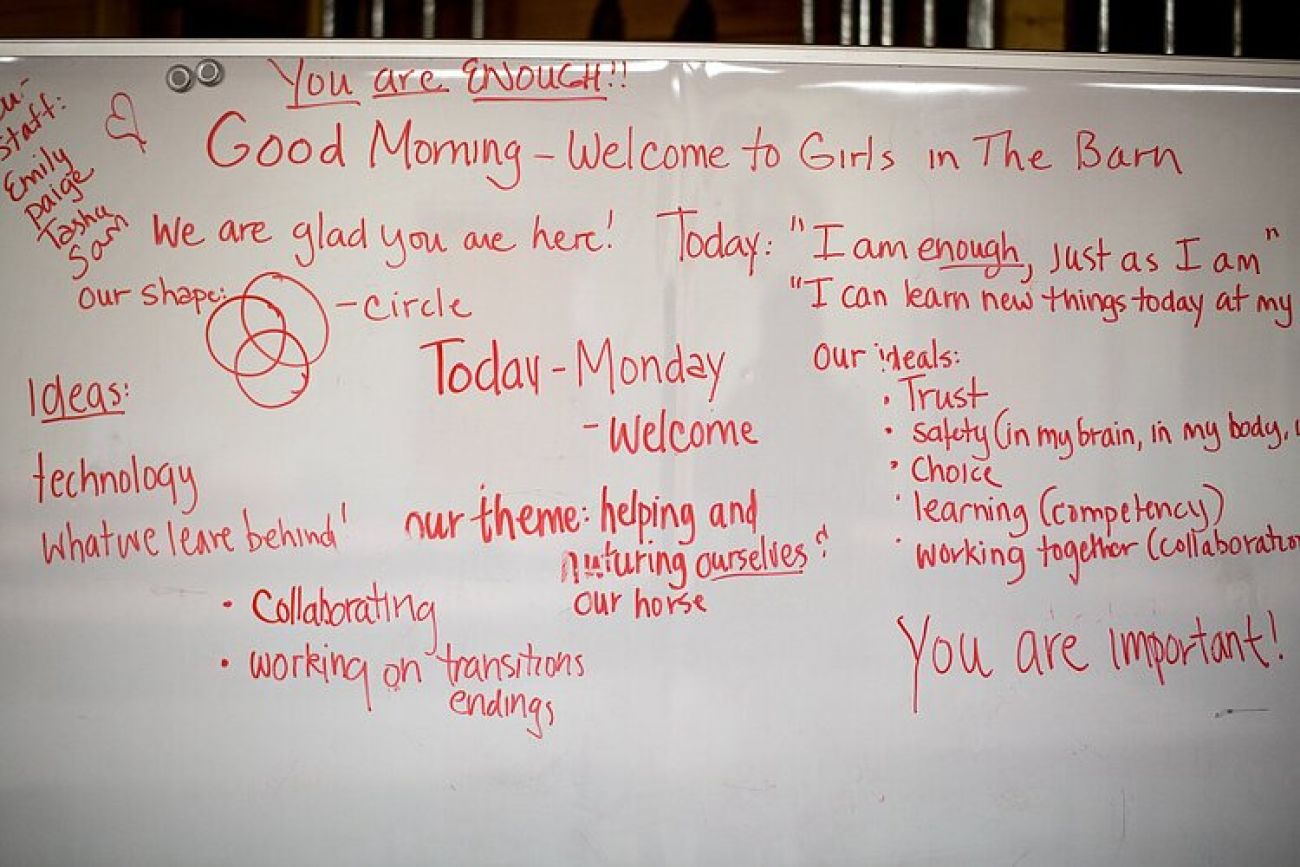
Developing a relationship with a horse also can help vulnerable adolescents learn how to overcome fears, communicate more effectively, and live in the moment.
Working on those skills in a horse barn “can be a bit more welcoming for people who maybe dig in their heels a bit about traditional therapy,” Federinko said.
There are different levels of therapy sessions. With some Cheff Center participants, Federinko said, there is a specific treatment plan and “we’re structuring the time the same way as if I were in an office and I had a sand tray” for play therapy.
But there are also programs such as Girlz in the Barn where the emphasis is education vs. therapy. “The focus is on skills and there is a therapist facilitating and there’s confidentiality, but there’s not a treatment plan” for each individual, Federinko said.

To be sure, equine therapy is not a cure-all. It’s often one aspect of a larger treatment plan, especially for patients with more serious mental health issues. “It’s not going to be a complete substitute” for other forms of mental health treatment, such as medication, Federinko said.
And while anecdotal evidence suggests many people may benefit from equine therapy, the research on its effectiveness as a mental health treatment remains limited.
“I would agree that the research is somewhat limited, but more and more is being done all the time,” with encouraging results, said Karen Waite, an equine specialist at Michigan State University.
For instance, a recent study found a six-week program of equine therapy led to “statistically significant improvements” in emotional regulation and self-esteem compared to a control group. That study was done in Egypt and involved 100 patients hospitalized for substance-abuse disorders. The study was published in 2023 in the BMC Complementary Medicine and Therapies journal.
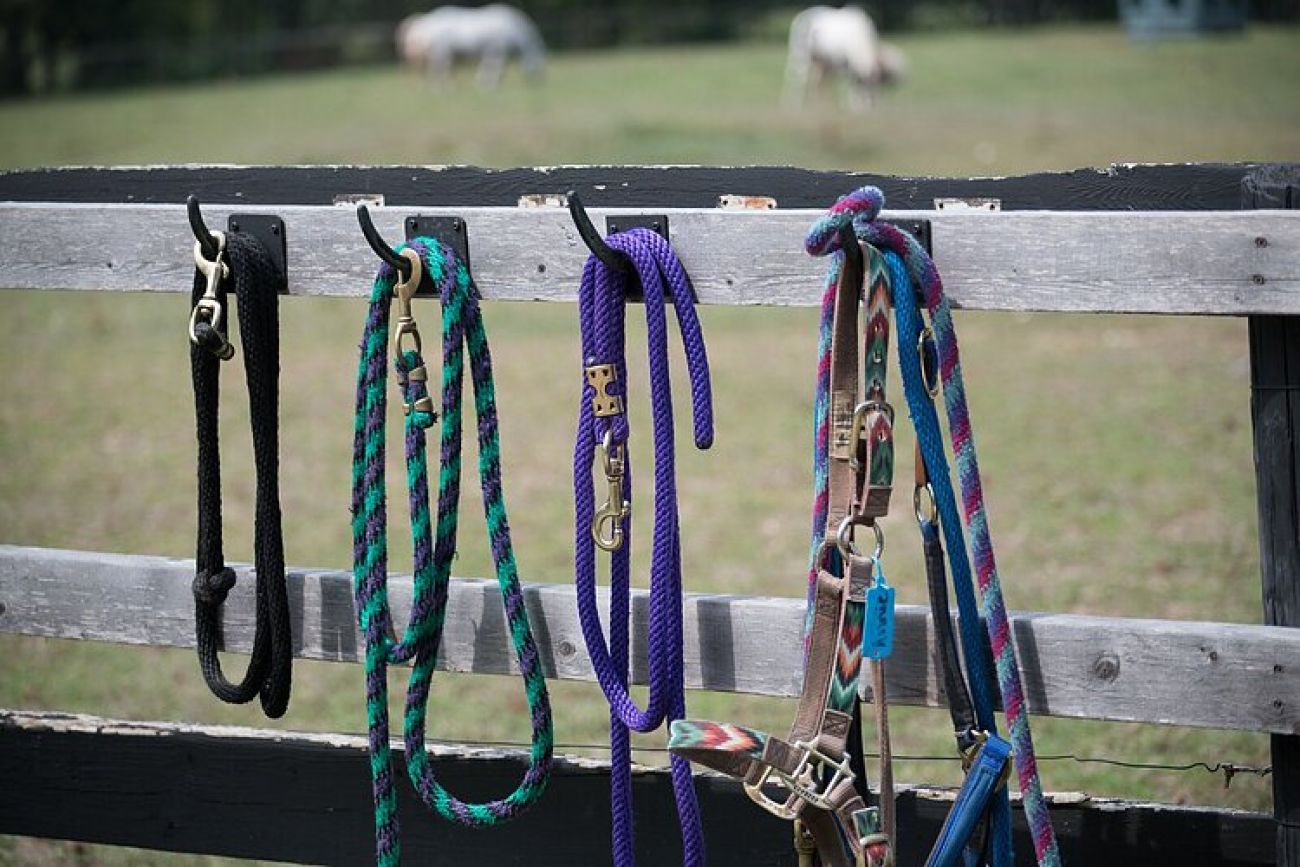
Another study, this one published in 2021 in the journal Human Brain Mapping, involved 19 military veterans diagnosed with PTSD. That study found that after eight sessions of equine therapy, the veterans showed neurological changes on MRIs and other brain scans that related to symptom reduction, and patients also showed clinical improvement. That study suggests the possibility that equine therapy can help rewire the brain for those suffering from PTSD.
Waite said that MSU’s equine program is now partnering with the university’s counseling and psychiatric services division to provide equine-assisted therapy. “We’ve done three workshops with students, each about six weeks, and we’ve definitely had positive feedback,” she said. “We’re also starting a new program with the Center for Survivors at MSU.
“So I think there needs to be more research, but you also have to have the programs to do the research,” she said.
Waite said that equine-assisted therapy appears to have potential benefits for all ages, from senior citizens to children. “I kind of think the sky’s the limit,” she said. “It’s nice to have a non-pharmaceutical option that can benefit people” experiencing mental health issues."

Equine-assisted therapy does have its downsides.
It can be expensive and is typically not covered by insurance. For instance, the Girlz In The Barn program is $400 for a six-week session, while Johnson charges $50 an hour for therapeutic riding lessons.
As a licensed counselor, Federinko said, she can bill insurance for equine-assisted therapy lessons. But insurance will only cover the cost of a traditional office visit and not the additional costs related to using a horse – and she’s prohibited from billing insurance clients for the excess cost. That means the only way to get full payment is private pay.
Another downside of equine-assisted therapy: There are a limited number of certified facilities, which means access can be problematic, especially for those with transportation issues. There’s also the potential for injuries – working with horses can result in falls or other accidents.
Moreover, there have been reports of lowered self-esteem and increased aggression in children who become attached to the horse, only to lose a beloved companion when the therapy ends. Federinko said that’s a real issue, but she incorporates that into her treatment plan, using it as a lesson in how to cope with transitions.
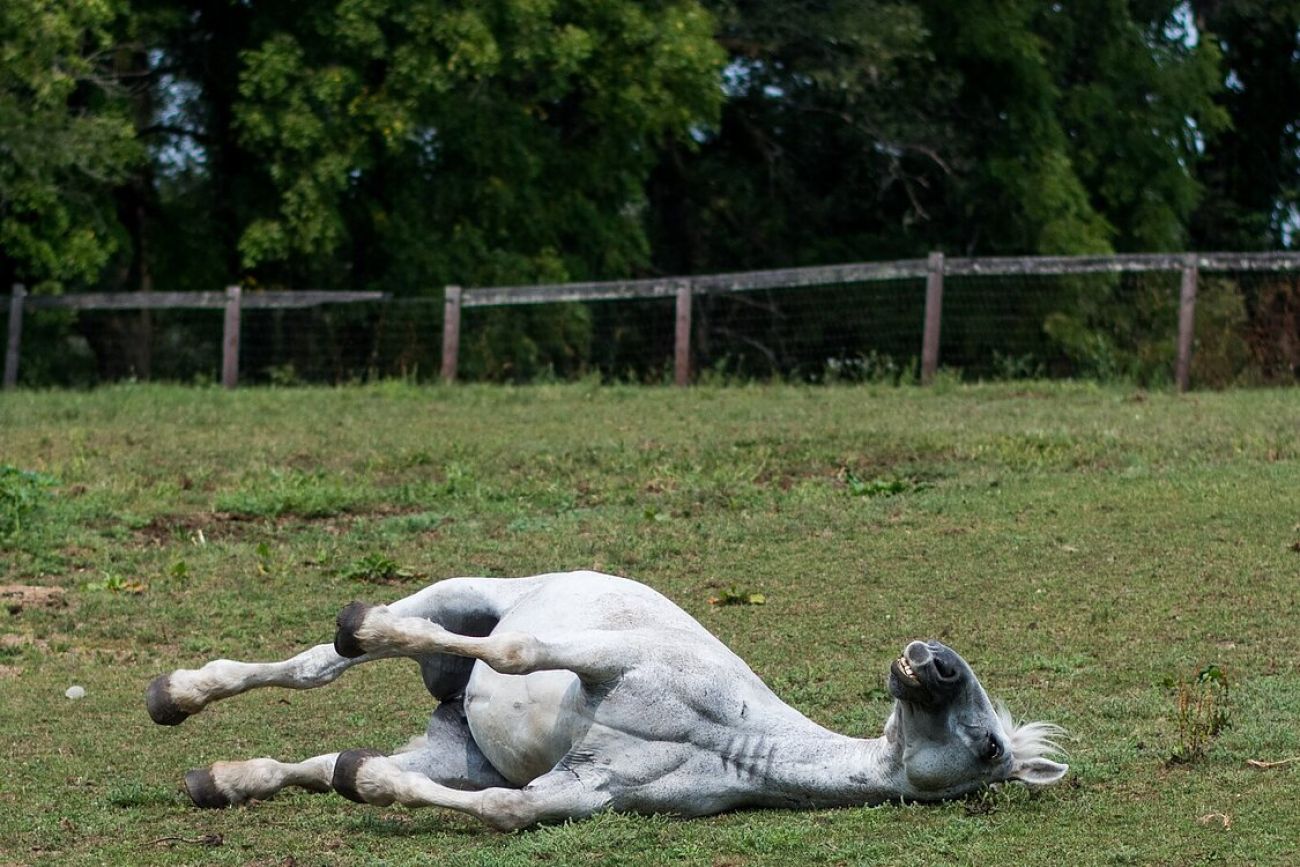
For Federinko, there’s no question that the pros of equine-assisted therapy outweigh the cons.
“If we can move the needle a bit,” it’s worth it, she said. “Let’s say someone’s anxiety is 10 on a scale of one to 10. We may not be able to bring it down to a two, but if we can bring it down to a seven or eight and they can take the skills they’ve learned in the barn and apply that (to other aspects of their life), that’s progress. That’s a success story.”
The Southwest Michigan Journalism Collaborative is committed to equitable reporting that includes the perspectives and input from a variety of sources in our communities. This story was reported over four weeks and included conversations with four people. Documents and data were also used to determine the focus of this story. Please contact Julie Mack here with comments or questions about how we do our work, and why.
See what new members are saying about why they donated to Bridge Michigan:
- “In order for this information to be accurate and unbiased it must be underwritten by its readers, not by special interests.” - Larry S.
- “Not many other media sources report on the topics Bridge does.” - Susan B.
- “Your journalism is outstanding and rare these days.” - Mark S.
If you want to ensure the future of nonpartisan, nonprofit Michigan journalism, please become a member today. You, too, will be asked why you donated and maybe we'll feature your quote next time!





